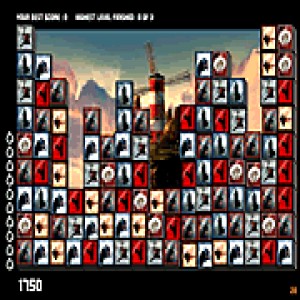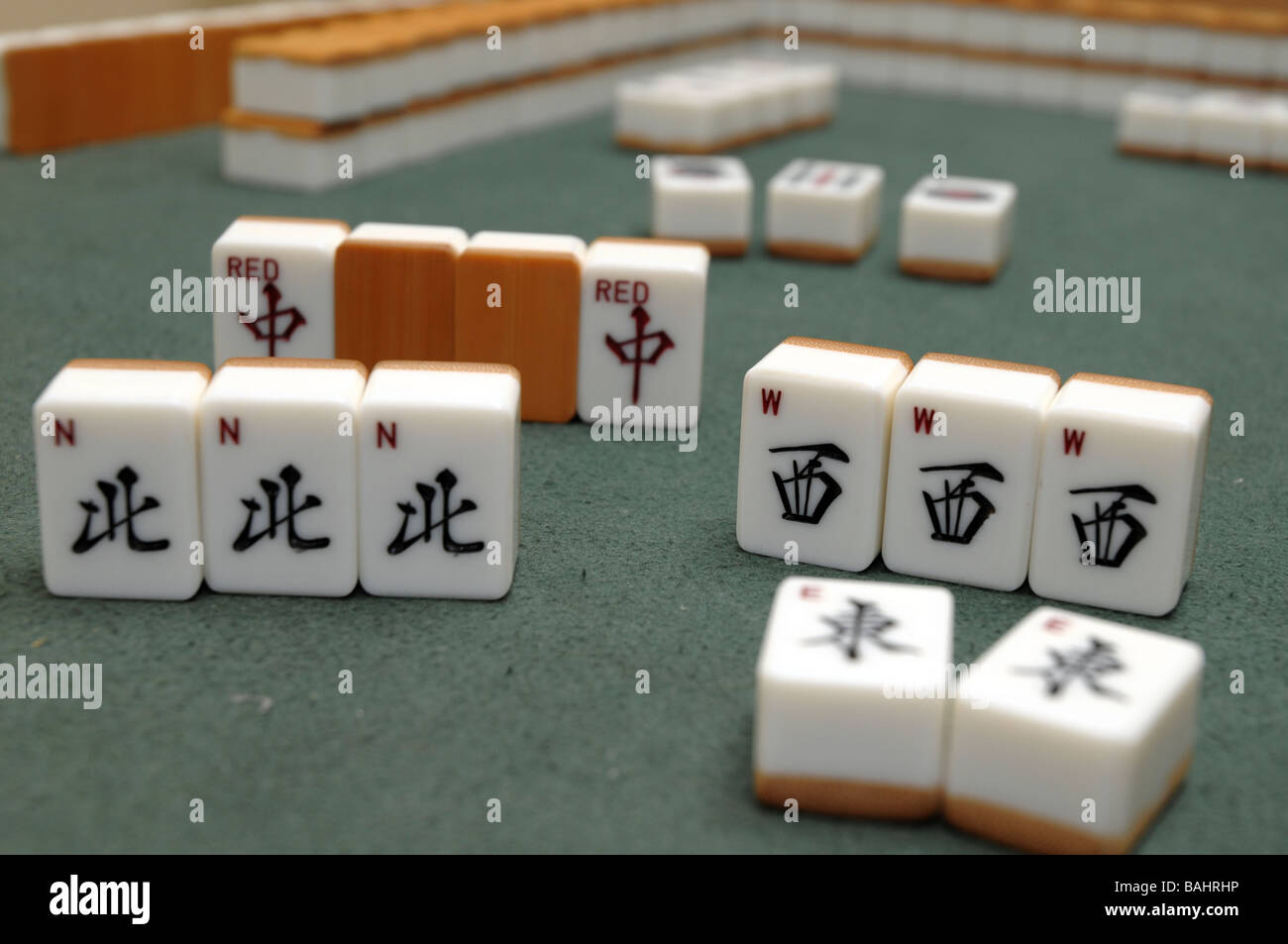
#War mahjong tiles free#
They're the best free apps I've ever played, but it's worth throwing a few bucks at the developers for such spectacularly well-designed games! (And no, I don't know any of the developers. Get these, and then pay for the upgrades. While the only noticeable difference is that Titan is in portrait mode and Epic is in landscape - so it's just a matter of tilting the iPad sideways to play one or the others - I've actually solved all 1650 boards available in Titan, but there's one in Epic I'm convinced is unsolvable. It will help you get through the game if you do everything right.
#War mahjong tiles full#
Honestly, I prefer this one to its sister game. There is a positive thing about the free War Mahjong game that can be played in full screen. To be honest, War Mahjong is one of our favorite games on the website. And the customizability is nearly endless. These games are so beautiful, so relaxing, and so addictive that I've spent eight months solving the 3300 boards they offer (plus the new daily games!), and I may just start all over again. I played a lot of mahjong games over the years before I found the two from Kristanix - and now I've pretty much stopped playing anything else.

Tags: propaganda on Mahjong tiles, sino-Japanese war on mahjong tiles, war scenes on mahjong tiles on Januby Kuan Yin.One of the two best games in the App Store You can now follow me on learn more about Mah Jongg, you might want to take a look at this book that I wrote with Ann Israel, published by Tuttle. To see when I am doing author appearances, click here

One of the articles features some recent aviation paintings by a very talented artist Roy Grinnell. I found a very interesting website if any of you are interested in learning more about these war years: One of the articles features propaganda posters that appeared at this time. Many citizen groups raised money for the Chinese people. The United States government and its citizens helped China during its war with Japan. Notice that swords were being used in battle. It is possible the Chinese carvers were inspired by some of these posters, taken from this website: The Chinese star-like emblem can be seen on the plane's wings. The saying continued to be used to rally people to fight to save the nation, and it certainly seems to have been used in that way with these tiles. He also wanted to train pilots who could serve their country and defeat the Chinese warlords wreaking havoc. Now playable full screen on desktop, tablet or mobile. Sun Yat Sen, the founder of the Republic of China, right after World War I, in the hopes of developing the aviation industry. Play the classic online Mahjong Solitaire game that is beloved by many. Wow Mahjong is a fun and challenging game that can help improve your hand-eye coordination and speed. The game is timed, and you must remove all of the tiles before the time runs out. You can remove tiles by matching two identical tiles together. "Aviation saves the nation" is a saying coined by Dr. The objective of the game is to remove all of the tiles from the board. The top tiles show two Chinese soldiers on the right, with their Chinese style caps, and two Japanese ones on the left (Rising Sun on their hats) "The tiles say 奮勇殺敵, fenyong shadi, "to summon up courage to fight the enemy" or simply "to fight the enemy bravely".Īnd 航空救國, hangkong jiuguo, aviation saves the nation." Once again, Ray Heaton has translated these tiles for us: Craftsmen wanted to let the world know how the Chinese felt about the war and that they were going to fight back against the invaders, with perhaps a hope that others would help them too. Although its not like typical mahjong games, your objective is to clear the tiles by. Fowles, Mahjong tiles sometimes provided the medium for the message. War Mahjong is a mahjong-style tile-matching game with a war theme. And interestingly, as we saw earlier in the Mysterious Case of E. But by 1937, the Marco Polo Bridge incident started an all-out war between the two countries, and it became the largest Asian War in the 20th Century.Īlthough we can't know what was going on in the minds of the Mahjong craftsmen, it seems that China wanted soldiers to defend China from the invaders. The problems began when the Japanese invaded Manchuria in 1931, and many localized battles followed that invasion.

The 2nd Sino-Japanese War, which lasted from Jto September 9th, 1945, was very difficult for the Chinese. These Mahjong tiles represent propaganda images made by Chinese craftsmen.


 0 kommentar(er)
0 kommentar(er)
